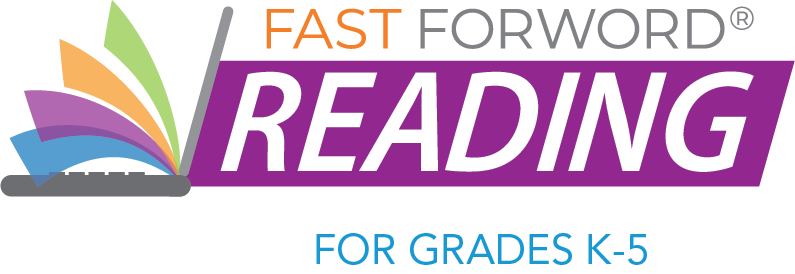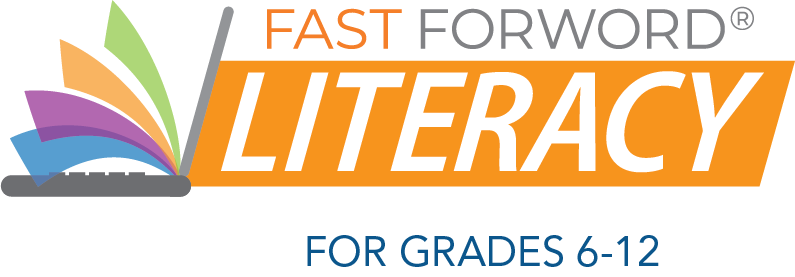
COVID-19, without question, has left a permanent impact on the lives of many educators and students around the world. Millions of teachers have altered their traditional classroom routines through remote instruction to finish out the 2019-2020 school year. The lack of peer interaction, the absence of proper guidance and expectations, and the additional stress caused by the global pandemic itself have led to emotional distress among many students and teachers. Their social-emotional needs will need to be met when they return to the classroom. What are the major ways in which school closures have impacted students’ and teachers’ social-emotional well-being and quality of learning?
Lack of Social Interaction
Social interaction is an important factor for a healthy mental state. Professor of Psychiatry and Director of the Depression Center at the University of Michigan, Sagar V. Parikh, discusses how individuals have lost their social dealings with supportive, friendly, and casual relationships as well as with close friends. He explains that this deficit can lead to loneliness and a feeling of being adrift from others. Social isolation has had widespread mental health effects for both teachers and students, even leading to anxiety and depression.
Miscommunication between Students and Teachers
The lack of in-person interaction can lead to a series of other issues as well, such as miscommunication between teachers and students. In the New York Times’ collection of adolescents’ perspectives on remote learning, a student named Tommy J. Saco recounts that he is often confused about his teachers’ expectations and that it often takes too long to receive clarification. He states, “I don’t have the luxury of being able to ask my teacher why I need to do different when I don’t understand something or don’t know what to do[,] and a lot of the time, an email doesn’t get back to me in the time I am completing my work.” This imperfect trade-off of in-person communication for digital correspondence can translate to less effective student support.
Lack of Involvement
This loss of interpersonal connection might make it easier for students to just not show up. According to an EdWeek survey that was administered to 1,720 educators across the nation, approximately one-fifth of students have been truant throughout quarantine, meaning that they are not participating in school activities at all. Teachers cannot provide the same support that they would be able to if these students were in the classroom, so this communication and social-emotional barrier may lead to many students falling behind in school.
Lack of Routine: Increased Anxiety
Routines are also important when it comes to the success of teachers and students. Dr. Jena Lee, M.D., Medical Director of Pediatric Consult-Liaison Service and Pediatric Emergency Psychiatry at UCLA Mattel Children's Hospital, states that daily structure is vital for the psychological and emotional development of children. Dr. Lee explains that routines establish safety and control. Arizona educator N. J. Katusz-Utter suggests that students and teachers, who are used to showing up to school for eight hours a day and having their classes at specific times of the day, are grieving their everyday routines. He believes the fear of the unknown is causing a lot of anxiety amongst the community.
Lack of Routine: Weaker Executive Function
Dr. Lee also explains that expectations teach students self-discipline and impulse control. Unsurprisingly then, the disruption to students’ routines seems to have resulted in a lowered ability for students to focus. An EdWeek survey found that four out of five teachers believe their students’ ability to concentrate on school-related tasks has worsened with the shutdown. These skills—self-discipline, impulse control, and focused attention—all refer to executive functions that students should develop in order to be successful learners.
Another executive function is the ability to stay on task to completion, which is more difficult in the absence of routines. Student Emily Barkley from Lawrenceville, New Jersey, would attest to this. She discusses how the changes to her routine have adversely impacted her learning. Emily’s classes have each been cut by ten minutes, and she has three or four classes a day instead of six. Emily feels that she is not learning as much as she feels she should and feels less motivated than she would be if she were learning in a traditional classroom. The lack of routine that teachers and students are experiencing may make it just as difficult to get back into a normal schedule as it was to adjust to remote learning.
The Takeaway
The transition to online learning has not been easy for students and teachers, and it has required a lot of patience from both ends of the learning curve of adjusting to remote learning. As some educators plan for continued remote learning through the summer, and as all educators explore how to properly reopen schools, it is vital that administrators and teachers apply the lessons learned from the social-emotional impact of COVID-19 school closures. From the beginning, educators have banded together to navigate the new normal, and they will surely continue to lean on their collective strength and wisdom as they come up with healthy ways to cope with the situation and support one another during this time of uncertainty.
Sources:
“COVID-19’s Mental Health Effects by Age Group: Children, College Students, Working-Age Adults and Older Adults” Healio Psychiatry, April 8, 2020.
“How to Foster Executive Function in Every Grade” The Science of Learning Blog, January 31, 2020.
“How to Help Trauma-Impacted Students Learn during COVID-19” AZ Central, April 26, 2020.
“National Survey Tracks Impact of Coronavirus on Schools: 10 Key Findings” Education Week, April 10, 2020.
“What Social-Emotional Needs Will Students Return with?” District Administration, May 6, 2020.
“What Students Are Saying about Remote Learning” The New York Times, April 9, 2020.
“Will Months of Remote Learning Worsen Students' Attention Problems?” Education Week, May 11, 2020.
How will students catch up quickly in developing social-emotional and executive function skills, such as self-regulation and focused attention to complete schoolwork? The Fast ForWord program is an all-in-one reading and language program that simultaneously develops reading, cognitive, and social-emotional skills. Learn more by downloading the Fast ForWord Reading brochure (elementary program) or the Fast ForWord Literacy brochure (secondary program).



